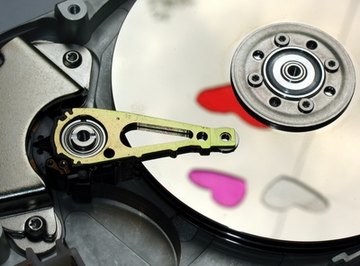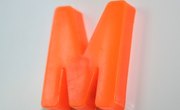
Magnets are objects that generate magnetic fields. These magnetic fields allow magnets to attract certain metals from a distance without touching them. The magnetic fields of two magnets will cause them to either attract each other or repel each other, depending on how they are oriented. Some magnets occur naturally, while others are man-made. While there are many different types of magnets, two of the most popular are ceramic magnets and neodymium magnets. Each has its own advantages and disadvantages.
History
Ancient Greek philosophers wrote about the magnetic properties of lodestone, a naturally magnetic iron ore. For thousands of years all magnets were natural magnets such as lodestone. In 1952 magnets were made out of ceramic for the first time. By making magnets out of ceramic, engineers were able to make magnets into any shape they wanted. By making the ceramic magnets out of carefully created mixtures, more powerful magnet fields than were possible in nature could be generated. In 1983, neodymium magnets were invented.
Two Types of Magnets
Ceramic magnets are sometimes termed “hard ferrite” magnets. They are made out of either powdered barium ferrite or powdered strontium ferrite. This powder is formed into the shape the magnet is to take by applying pressure to it and baking it. Neodymium magnets are pure metal alloys formed of neodymium, iron, and boron. They are sometimes formed by combining the different metals while molten and cooling them into solidity. Sometimes the metals are powdered, mixed and pressed together.
Benefits of Each
Ceramic and neodymium magnets each have different benefits. Ceramic magnets are easy to magnetize. They are very resistant to corrosion and generally do not need extra coatings for corrosion protection. They are resistant to demagnetization by outside fields. They are stronger than natural magnets, though many other types of magnet are stronger than them. They are relatively inexpensive. Neodymium magnets are the most powerful of all permanent magnets. A neodymium magnet can lift more than any other type of magnet of the same size. They are extremely resistant to demagnetization by external magnetic fields.
Drawbacks of Each
Ceramic and neodymium magnets have different drawbacks as well. Ceramic magnets are extremely brittle and easily broken. They cannot be used in machinery that experiences a lot of stress or flexing. They become demagnetized if they are exposed to high temperatures (above 480 degrees Fahrenheit.) They have only a moderate magnetic strength, making them unsuitable for applications requiring powerful magnetic fields. Neodymium magnets are relatively more expensive than ceramic magnets. They rust very easily, and extra steps must be taken to protect them from corrosion. Neodymium magnets are also very brittle and will crack under stress. They lose their magnetism if exposed to temperatures above 175 to 480 degrees Fahrenheit (depending on the exact alloy used).
Comparison
Ceramic and neodymium magnets are each most appropriate for different applications. Due to their relatively high price and sensitivity to external conditions, neodymium magnets are best only for applications where extremely high magnetic fields are needed, such as powerful turbines and generators and particle physics experiments. The more inexpensive but weaker ceramic magnets are likely best used for more run-of-the-mill jobs such as low-power turbines and generators, classroom science experiments and refrigerator magnets.
References
About the Author
Jason Thompson has been self-employed as a freelance writer since 2007. He has written advertisements, book and video game reviews, technical articles and thesis papers. He started working with Mechanical Turk and then started contracting with individuals and companies directly via the Web.
Photo Credits
hard drive image by Stanisa Martinovic from Fotolia.com
